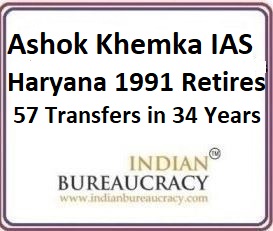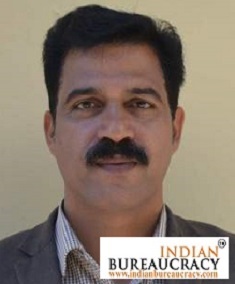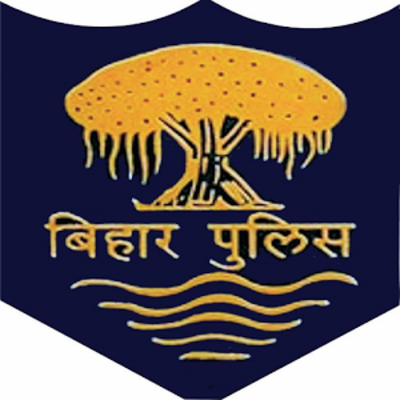Indian Bureaucracy, Gurgaon, May 01, 2025| The retirement of IAS officer Ashok Khemka (Haryana 1991), on April 30, 2025, after 34 years of service, brings to a close a career largely defined by an extraordinary 57 transfers.
If bureaucracy is India’s steel frame, as Sardar Patel envisioned—a structure of order, resilience, and continuity—then Ashok Khemka stands as its spine, unyielding yet burdened by the weight of its own design. The frame, vast and intricate, holds the nation’s governance together, but it is the spine that bears the moral posture, aligning principle with action. Khemka, with his 57 transfers over 34 years, embodied this vital axis, his integrity a quiet rebellion against the rust of compromise.

This is not an ordinary number, rather a staggering number that has become a potent symbol of the challenges faced by bureaucrats who prioritise integrity and challenge corruption, often viewed not as routine administrative changes but as punitive measures for Shri Khemka’s principled stands against powerful interests.
Critic or not, any common man with reasonable intelligence would know that such frequent transfers hamper an officer’s ability to effectively implement long-term policies and reforms within any given department, raising concerns about the impact on governance, or, how it affects the moral, self esteem and prestige of a human resource that has passed the toughest challenge of UPSC, where syllabus is considered as wide as the sky. It is estimated that every year 10 to 13 lakh students apply for the UPSC Civil Services with typically, only 700 to 1,200 candidates make it to the final selection list, depending on the number of vacancies released by UPSC.
Public perception of Khemka has largely been that of a courageous whistleblower, a victim of a system seemingly more inclined to protect the corrupt than those who expose them, highlighting the perceived injustice of an officer with a clean record being repeatedly shunted, irrespective of the political party that came to power in the Centre or State.





